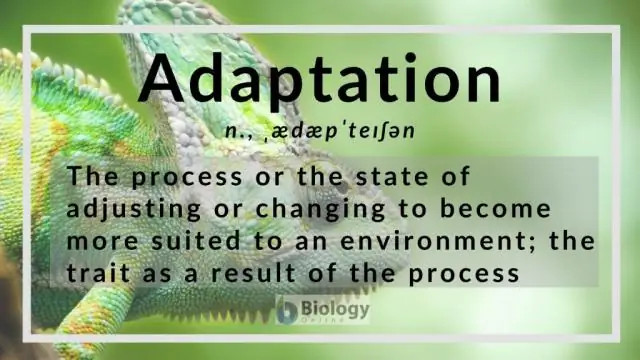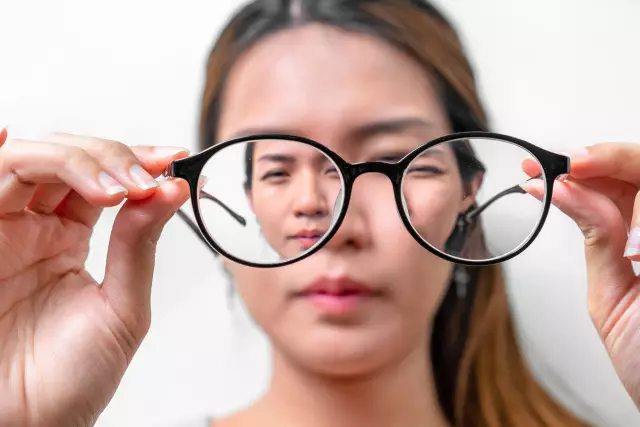- Author Rachel Wainwright [email protected].
- Public 2023-12-15 07:39.
- Last modified 2025-11-02 20:14.
Myopia
Nearsightedness (myopia, Greek myo - squinting + ops - eye; synonyms: myopic refraction, myopia) is an anomaly of refraction of the eye, characterized by the location of the main focus of the optical system of the eye between the lens and the retina.
Types of myopia:
- Congenital (congenita) - caused by anomalies in the development of the eyeball and a rare form of myopia established from the first days of life;
- High (alta) - the degree of which exceeds 6.0 diopters;
- Combination (combinativa) - characterized in that the length of the optical axis of the eye and the refractive power of its optical system do not exceed the values characteristic of emmetropia, but their combination cannot provide normal refraction; has a small degree;
- False (falsa; synonym: pseudomyopia, spasmodic myopia) - caused by a spasm of accommodation (increased tone of the ciliary muscle) and passing with the normalization of tone;
- Night (nocturna; synonym: twilight myopia) - appearing in persons with emmetropic refraction of the eye in low light and disappearing when it rises;
- Axial (axialis) - developing when the optical axis of the eye is too long;
- Complicated (complicata) - accompanied by a decrease in vision and anatomical changes in the eye;
- Progressive (progressiva) - characterized by a gradual increase in its degree, due to stretching of the posterior part of the eye;
- Professional (professionalis; synonym: working myopia) - developing in the case of prolonged eye strain when viewing objects at close range;
- Refractive (refractiva; synonym: optical myopia) - developing due to the excessive refractive power of the optical system of the eye;
- Transient (transitoria) - noted during drug exposure and various diseases (taking sulfa drugs, diabetes mellitus, and so on) transient false myopia;
- School - appearing in students as a result of intense visual work at close range with weakened accommodation.
Found a mistake in the text? Select it and press Ctrl + Enter.






